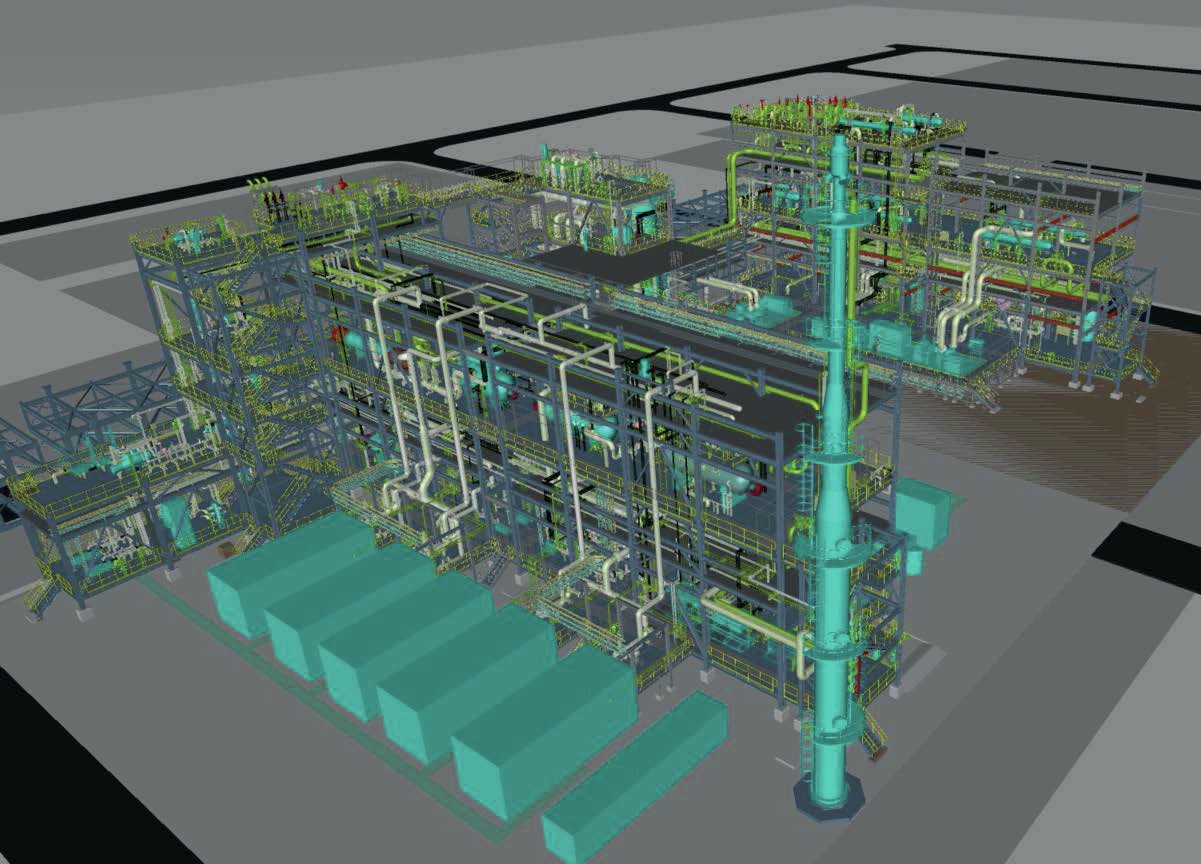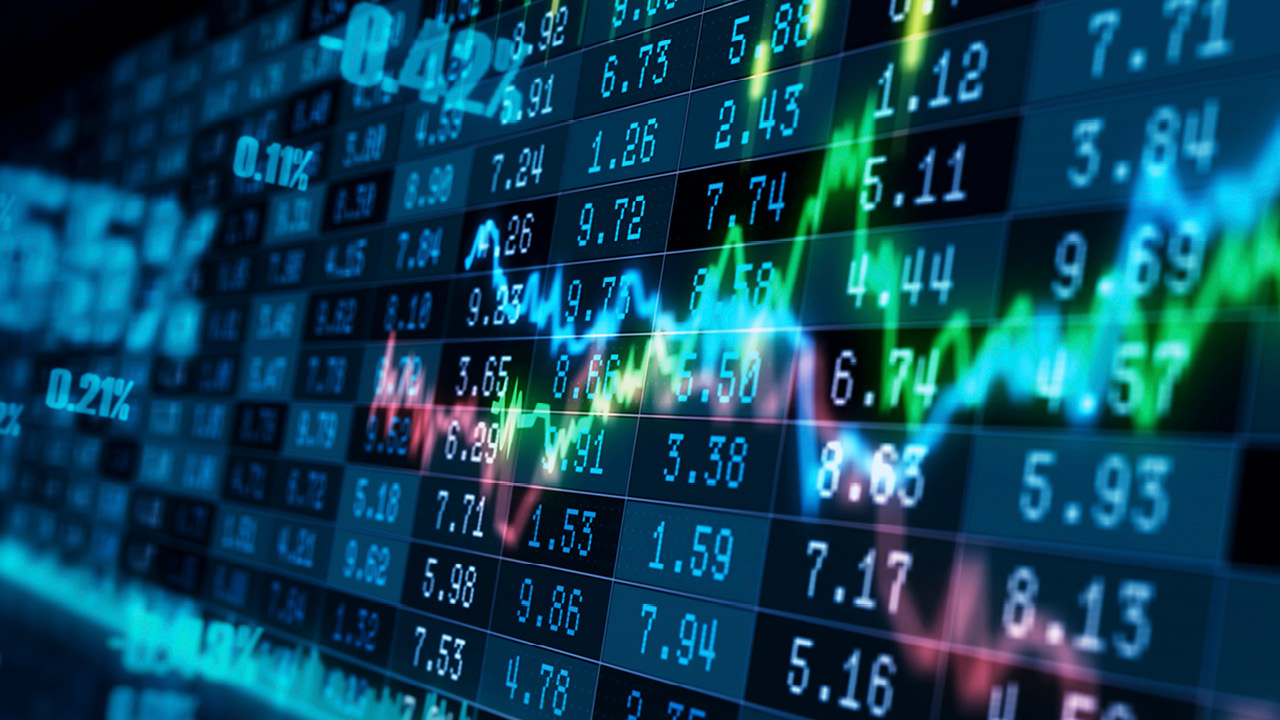Nitrogen+Syngas 394 Mar-Apr 2025

19 March 2025
Trump and fertilizer markets

“A peace deal… could see US sanctions on Russia lifted rapidly…”
President Trump’s flurry of activity in his first month of office has not only upended the global political order that has existed, more or less, since the US rearranged it to its satisfaction in 1945, but has also had a seismic impact on world trade. How the various strands of US policy will play out remains highly uncertain, but some clear trends are beginning to emerge.
The first has been protectionist measures implemented by the US, in particular 25% tariffs on goods entering from Mexico and Canada. Mexico appeared to have negotiated another one month stay of execution on tariffs at time of writing, but in spite of being granted a similar stay until April 2nd, Canada has been less willing to play ball. Newly elected prime minister Mark Carney has been talking tough, and US industries face significant hikes on the price of many key raw materials from Canada, from potash to crude oil, as well as key minerals such as aluminium, nickel, zinc, cobalt and lithium.
The US has also imposed new tariffs on China, which has retaliated with tariffs of up to 15% on the US, mainly covering $22 billion worth of trade in cotton and agricultural goods including chicken, corn and soyabeans. The impact of this and US fertilizer prices may lead to a fall in farm demand for fertilizer this year. As well as potash, the US imports significant amounts of UAN, urea and some ammonia, as well as phosphates, though unlike potash there are a number of countries to source these from which are not – or perhaps not yet – subject to US tariffs. So far other countries have not yet been targeted, though Trump has indicated that Europe could be next in line for restrictive economic measures.
Meanwhile, the diplomatic – and sometimes very undiplomatic – back and forth on Ukraine is also forcing many to recalibrate their expectations. A peace deal, albeit one that Ukraine is strongarmed into by the US, could see US sanctions on Russia lifted rapidly. A return of Russian gas flows into Europe would certainly damp down on high European natural gas costs, which reached $18/MMBtu in February (though lower since then), easing the pressure on European nitrogen producers, but equally a potential return of Russian exports of ammonia or flows of ammonium nitrate into Europe would make life correspondingly more difficult for them. In the meantime, Russia has yet to bring its 1.3 million t/a transhipment terminal at Taman on the Black Sea online, while the European Commission proposed import tariffs on 29 January on fertilizers arriving from Russia and Belarus in a drive to reduce dependence on imports from those countries and support domestic European production.
The collective impact of this has so far mainly been on the stock market. The Dow Jones index is down 5% from its February peak, while the three major US fertilizer producers; CF Industries, Nutrien and Mosaic all saw their stocks slide. There are indications the US economy may contract in 1Q 2025, and fears of a recession. Conversely, Chinese stocks are up, but prices are falling, with a 0.7% fall in consumer prices during February as the economy faces slack demand, likely to be worsened by US tariffs on Chinese exports.
In spite of all of this, the prospects for the global economy remain overall positive, with growth continuing in India and southeast Asia, though probably the global average may drop slightly below the 3.0-3.5% growth we have become used to, due to a range of structural issues, from demographics and ageing populations, the stalling of the Chinese economy, poor productivity growth and the retreat from globalisation that the current trade skirmishes will exacerbate.





